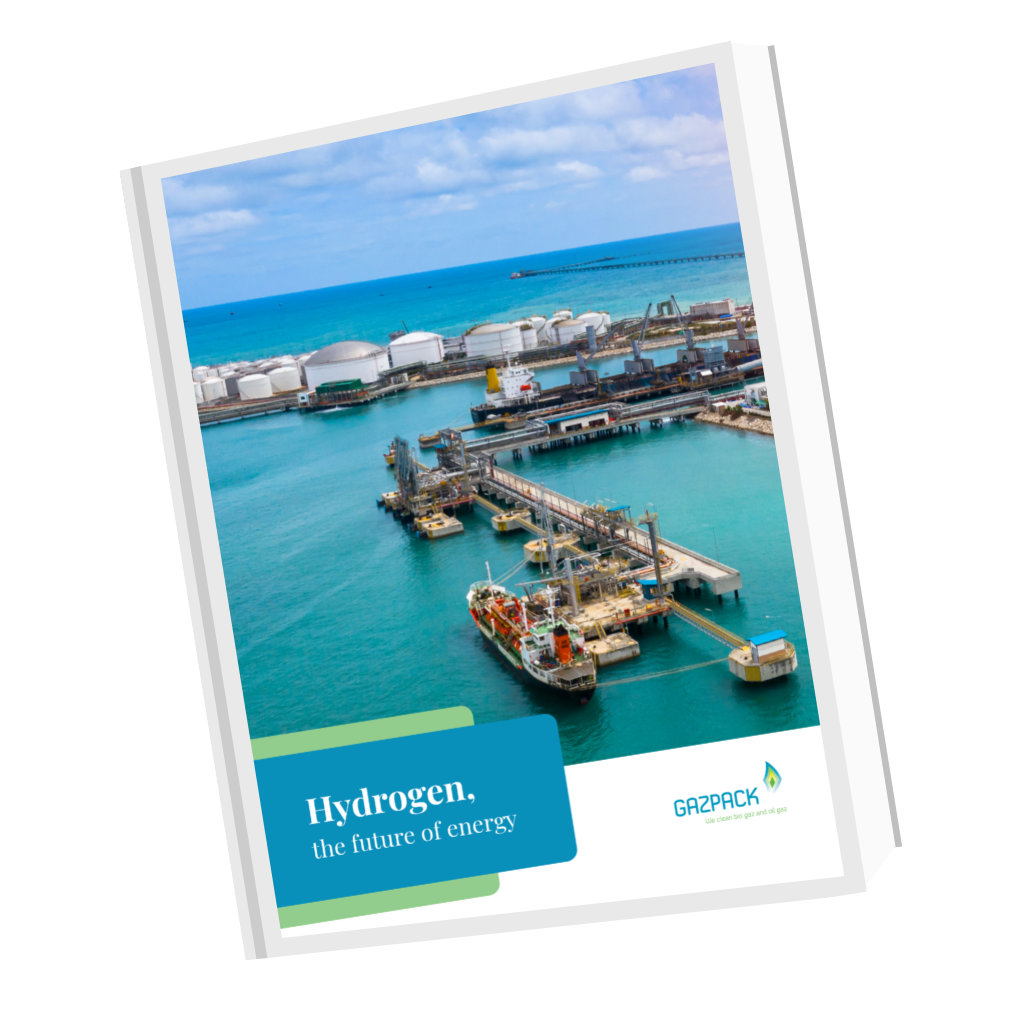Biogas Cleaning/Gas Cleaner
Looking to explore the world of biogas processing and handling solutions? Get instant access to our documents about biogas technology.
Modern living affords conveniences our ancestors would scarcely have imagined. Because of transportation networks and technology, fruit, for example, is never out of season. We can enjoy a glass of wine or milk from sources hundreds of miles away because of temperature control. We are no longer dependent on local supplers for almost anything. That is good news for consumers but it puts a burden on producers. Just as milk and wine are pasteurized to remove unhealthy organisms and render them fit for transport, storage and sale, natural gas and biogas must be subject to specific regimens of cleansing and purification.
Why Does Gas Need “Cleansing”?
Natural gas is extracted from shale and other formations of sedimentary rock. In the United States and other countries, natural gas is forced from its geological dwelling by the high-pressure insertion of sand, water and other chemicals into a well. This procedure is known as hydraulic fracturing, or “fracking.” What emerges from wells is often referred to as “wet natural gas” because it is accompanied by water vapor and NGLs, or natural gas liquids. Other, less welcome elements and compounds come along for the ride: sulfur, helium, nitrogen, hydrogen sulfide, and carbon dioxide.
Among the most problematic of the mix are hydrogen sulfide (H2S) and carbon dioxide (CO2). Even in small amounts H2S produces health and respiratory problems in those near to it. Higher concentrations can even kill you. Just as bad for natural gas providers is the fact that H2S can deteriorate the lining of pipelines and storage tanks. Carbon dioxide poses a different problem. It reduces the heating value of the gas thereby lowering its quality and efficiency. Needless to say that clean gas is the first order of business for natural gas vendors. From the wellhead the gas goes straight to processing facilities to remove the detrimental compounds.
Are Harmful Compounds Present in Biogas?
Biogas, the renewable natural gas derived from organic matter, is not immune to the permeation of H2S, CO2 and other extraneous gases. Since it is the end product of a series of chemical reactions that take place in the absence of oxygen, one might believe that methane (CH4) is the only compound left standing after anaerobic digestion is complete. Not so. The bacteria that break down the organic materials — e.g. manure, food scraps, dead leaves, sewage — generate activity that yield other chemical substances, CO2 and H2S among them. Oftentimes, a gas cleaner treatment must apply to biogas.
The phases of anaerobic digestion each produce different substances. The first, hydrolysis, ends with simple sugars, amino acids and volatile fatty acids. The subsequent stage, acidogenesis, also creates volatile fatty acids, along with ammonia, CO2 and H2S. Stage three, called acetogenesis, brings about acetic acid, hydrogen and CO2. Finally, methane, CO2 and water come from methanogenesis, the last phase of anaerobic digestion. As bacteria acts upon the fermenting organic matter, the decomposition of this material leaves — as is evident — spinoffs and side-effects in addition to the CH4, the intended harvest of anaerobic digestion.
How Are Contaminants Removed?
When natural gas is sent to the processing plant, cleaning gas of its H2S and CO2 is task number one. These “acid gases” are, more often than not, treated with amine solution as the natural gas flows through a column. Derived from ammonia, the amine molecules in this liquid draw the hydrogen sulfide and carbon dioxide from the gas flow. This is said to “sweeten” the “sour gas,” made so by the acid gases. Another reliable gas cleaner is membrane technology. There are a number of designs used but the basic concept is that the acid gases will flow through the synthetic membrane that separates high-permeability gases, i.e. the acid gases, from lower permeability ones — the methane. Clean gas is the result.
Biogas cleaning is also workable with varying techniques. A very effective method is the use of materials containing high amounts of iron oxide: allophanic soil, brown soil and black sand. Moving the gas flow through these materials has demonstrated a nearly complete elimination of H2S from the biogas. This is low-cost in comparison to other biogas cleaning methods and relatively simple to execute. Important to remember is that any source of energy synthesized through chemical processes is likely to require some form of decontamination treatment prior to processing. This applies to biogas especially as it takes a larger share of the renewable energy market.
In Summary
Just like the more notorious fossil fuels such as petroleum and coal, natural gas and biogas are not in a state for sale when first collected. They must undergo processes that remove acid gases and other compounds affecting their performance as sources of heat and electricity. At times, the raw gas has fewer impurities and adulterants. Just as often, aggressive cleaning is required. Key for providers is to find the most efficient purifying systems in order to convey the very best product while keeping market prices low.




